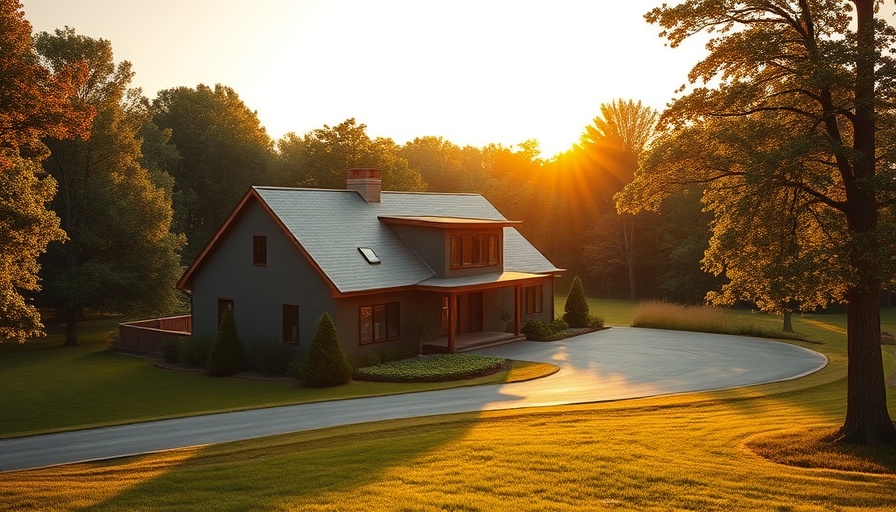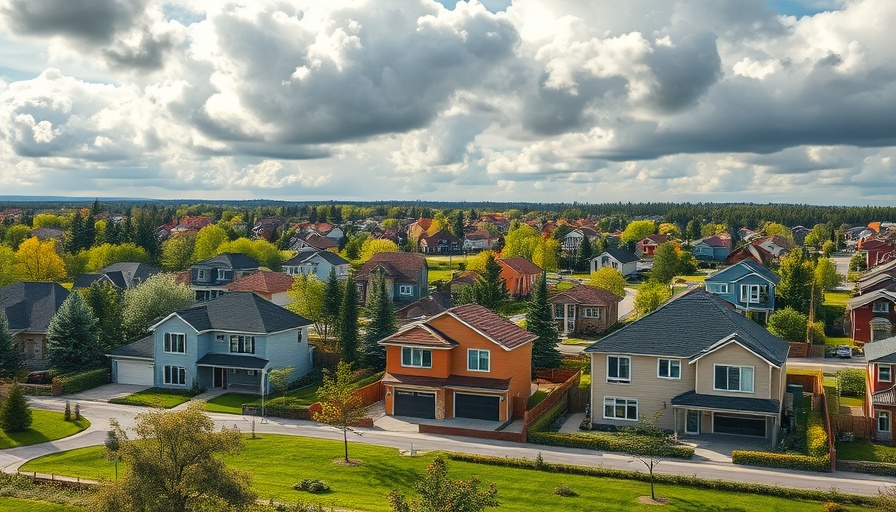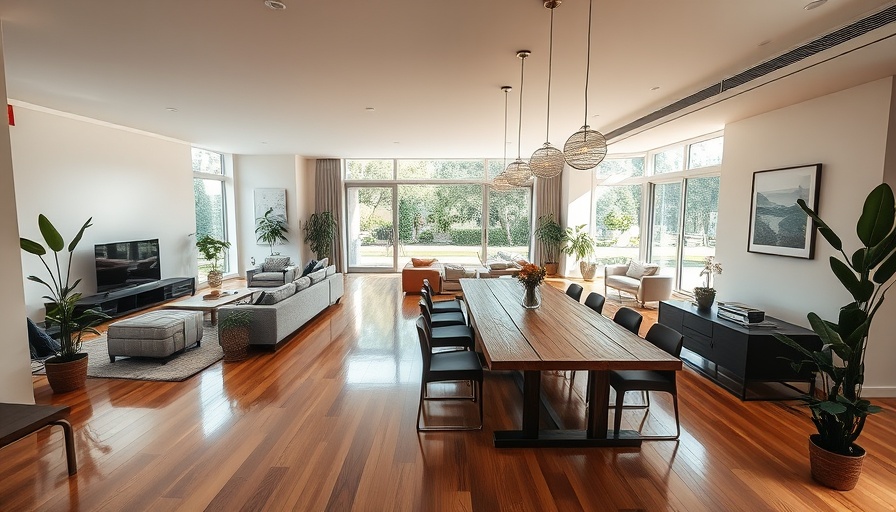
The Shifting Landscape of Residential Living
The conventional concept of age-segregated communities is evolving, paving the way for a more inclusive model that embraces multi-generational living. Modern residential estates, such as Serenity Hills on the KZN South Coast, are designed to foster connections across ages, promoting both proximity and support within families and communities. Reece Daniel, a developer, highlights the importance of integrating public amenities within these communities to enhance interactions between different generations.
Benefits of Multi-Generational Living
Multi-generational living presents numerous benefits that enhance the quality of life for everyone involved:
Strengthened Bonds for Children
Children growing up in settings rich with older adults gain unique access to wisdom and experiences that shape their development. Grandparents often provide emotional grounding, becoming sources of affection and practical advice. These relationships contribute to the cultivation of communication skills and cultural identity, which are essential in today’s diverse society.
Enhanced Support for Parents
For parents, having a network close by can alleviate many everyday challenges. Whether it’s assistance with school pick-ups, shared meals, or simply a supportive ear during stressful parenting moments, older adults play a crucial role in creating a manageable home environment. This communal living arrangement transforms family dynamics and strengthens resilience in parenting.
Vibrant Lives for Grandparents
Contrary to the notion that retirement equates to slowing down, multi-generational living invigorates the lives of older adults. Engaging with younger family members keeps them active and mentally stimulated, leading to lower rates of depression and enhanced cognitive function. Studies illustrate that regular interactions within a multi-generational environment not only contribute to longevity but also foster a stronger sense of purpose in their later years.
Creating Enabling Environments
Developers are increasingly incorporating community-centric designs into their estates. The need for communal spaces and shared facilities, such as playgrounds, gym equipment, and social meeting spots, underscores the growing recognition of the benefits of living in closer proximity to both family and friends. These spaces encourage interaction among different age groups and foster a vibrant community spirit.
Future Perspectives on Multi-Generational Living
As society progresses, the appeal of multi-generational living is predicted to grow. Economic pressures and lifestyle needs will likely drive families to seek out residences that provide shared resources and increased social connections. The advantages of living in a multi-generational context not only cater to emotional and developmental needs but also present practical solutions in an evolving real estate market.
Property Market Implications
This trend also reflects significant shifts within the property market. Developers and real estate agents are beginning to emphasize the advantages of mixed-use developments that prioritize inter-generational connectivity. By understanding property market trends that favor this model, investors can strategize more effectively and leverage this growing interest into profitable ventures.
Conclusion
The transformation towards multi-generational living presents opportunities not only for stronger family bonds and community cohesion but also for innovative property developments that cater to these emerging needs. Recognizing the significant role this model plays within both social and economic contexts will be essential for those involved in real estate and community planning.
 Add Row
Add Row  Add
Add 




Write A Comment